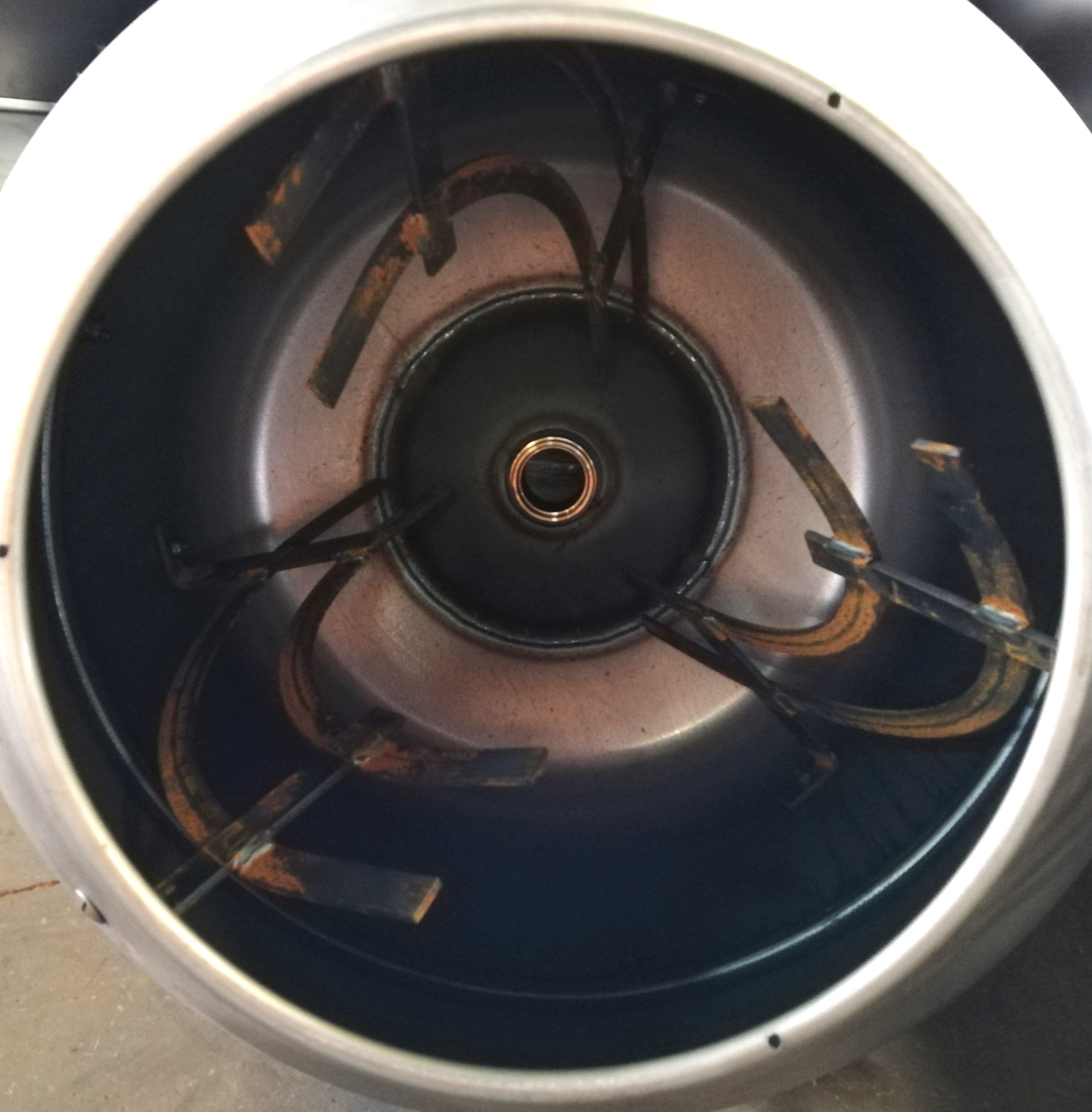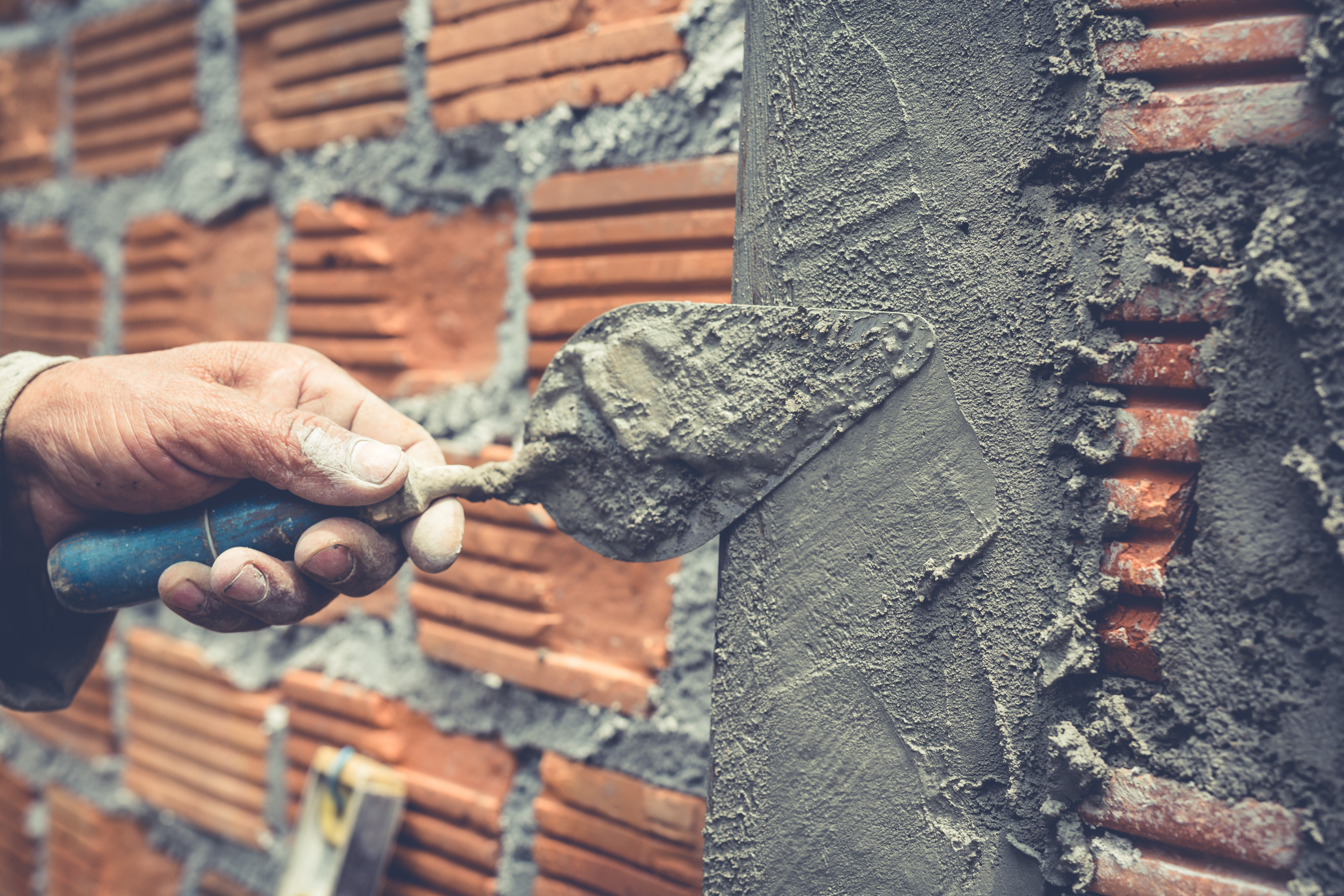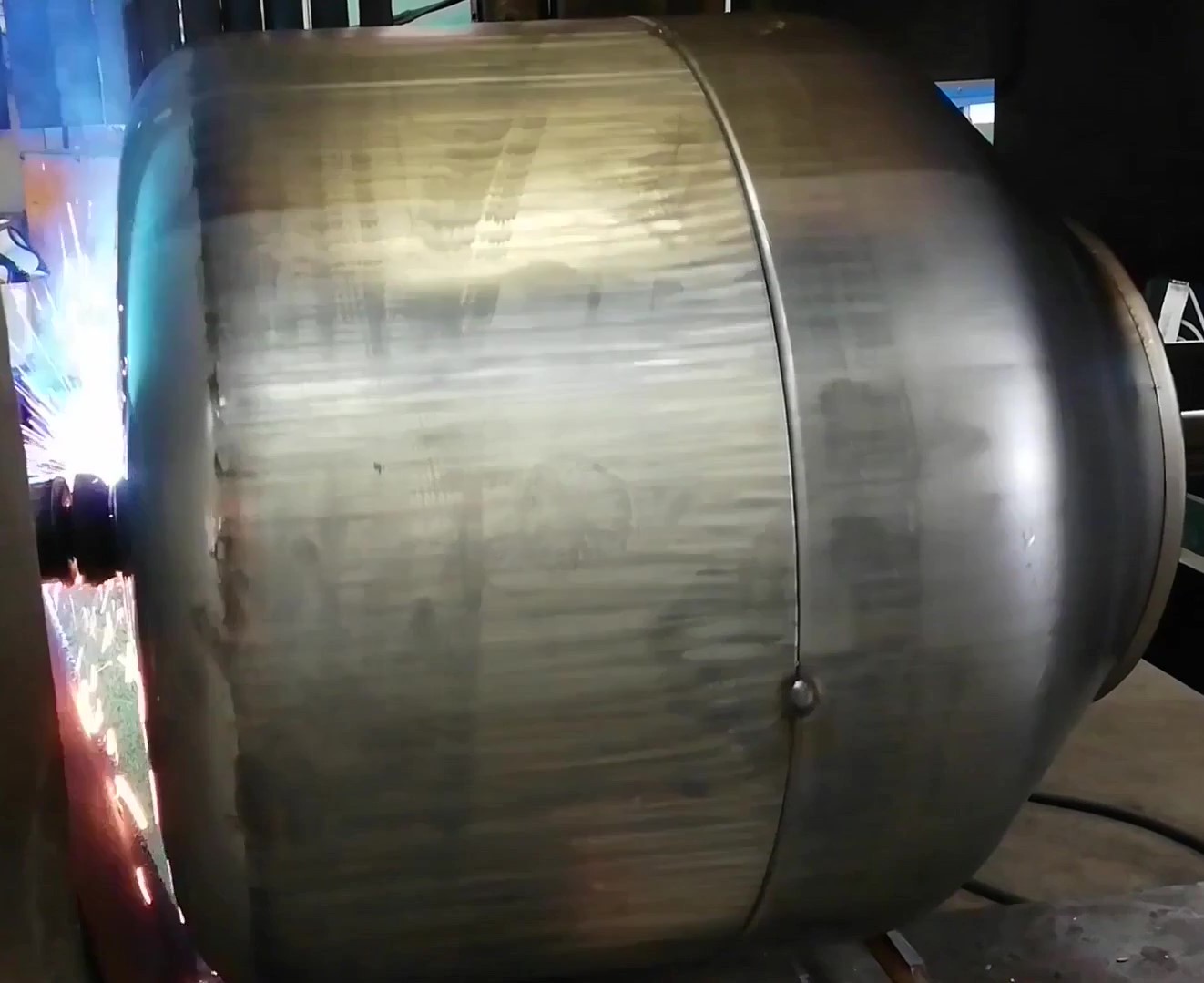Mortar and the design of concrete mixers
23/06/2021
In the world of construction, mortar is a material coming from an agglomeration of various elements, as well as the result of the mix itself. Let's find out its characteristics and those of the machine that works it, the concrete mixer.

Characteristics of the mortar
As per the definition that can be found in any dictionary or magazine, both on the web and offline, mortar is a conglomerate consisting of a binder, fine aggregates and water (plus any additives if necessary). It has different uses. It is used, for example, in the construction of masonry, for screeds, for the covering of system pipes, or for the construction of plaster.
As we have seen, one of the most important characteristics of the mortar is the ability to isolate and protect materials or surfaces. This was well known both from Roman times, who in fact used this material to waterproof both water pipes and cisterns or aqueducts.
Technical composition of the mortar
As we said, the mortar is a conglomerate of various materials, that consisting of 3 main elements:
- binder;
- fine aggregates;
- water.

Let's go and see them in detail. The binder is an element which, when mixed with other materials, gives rise to a plastic mass that stiffens over time, based on the elements to which it is joined. There are obviously various types of binder, but the best known and often misunderstood is cement. Yes, because cement is not the final product that results from the mixture made inside the concrete mixer, but it is an element that contributes, together with others, to the final composition of the mortar. Other binders can be, for example, lime or gypsum.
Other components of the mortar are the fine aggregates. The most common is sand, and must be used, as for all other aggregates, carefully and in the right proportions to then have a correct setting process. The type of aggregate used is also what makes the difference between the mortar and the concrete. These are two very similar conglomerates, but which are distinguished by the use in the first case of fine aggregates (as we have seen sand), in the second case with the addition of even coarse aggregates (such as gravel).
Finally, the water. Water is, as always, a fundamental element in doughs, and can change the characteristics of the same. Obviously it must not contain harmful substances, it must be sweet and at the right temperature for the result you want to obtain. In fact, it is used at a higher temperature when you want to speed up the setting process, vice versa when you want to slow it down. Pay attention to the quantity, since too much water can compromise the properties of the final result of the mix.
Design of a concrete mixer (or pan mixer)
We have seen how the mortar itself is composed of different materials and elements, which can compromise the final result if used in the wrong quantities. In the same way, the tool that works to knead everything is fundamental in order to obtain a compound that reflects our expectations, both from a technical and a mechanical point of view. In this sense, the machine that determines the quality of the mortar is the concrete mixer.
We have already said in our article on pan mixers, how the position of the internal blades over time has improved the mixing of the premix and reduced energy consumption. This philosophy is also applied to concrete mixers.

Design of concrete mixers and pan mixers in Omaer
Our company has always tried to innovate any detail over time, to offer the final operator a quality product that is efficient and durable. All this passes from the design of the machines and their continuous updates.
The action of mixing the various components that form the mortar together is one of the most important, and here at Omaer we have studied this process in detail, which in our lines of concrete mixers is optimized based on 3 characteristics:
- position of the blades;
- counter base of the tank;
- tank molding.
The first two measures ensure that the procedure inside the tank is stable and continuous. In particular, the counter-bottom of the concrete mixer tank made in a "dome" shape, allows the mixture not to remain on the bottom of the same, but to slide down and return to the mixing cycle.
The real revolution compared to older concrete mixers concerns molding. This innovative system involves the molding of the entire tank in 2 pieces, rather than in three pieces as was usually done previously. The tank produced by this type of molding has a more rounded shape, different from the elongated ones, made in three pieces. The amount of material inside per processing cycle remains the same, but important benefits are in the quality of the dough, since this shape allows the blades to mix the mixture more homogeneously and compactly.
Continue to follow us on our social channels (we are on Facebook, Instagram, Linkedin, Youtube) to discover news, projects and the "backstage" of our work. Otherwise, stay in touch with our #OmaerWorld in-depth section and come and discover our world!

